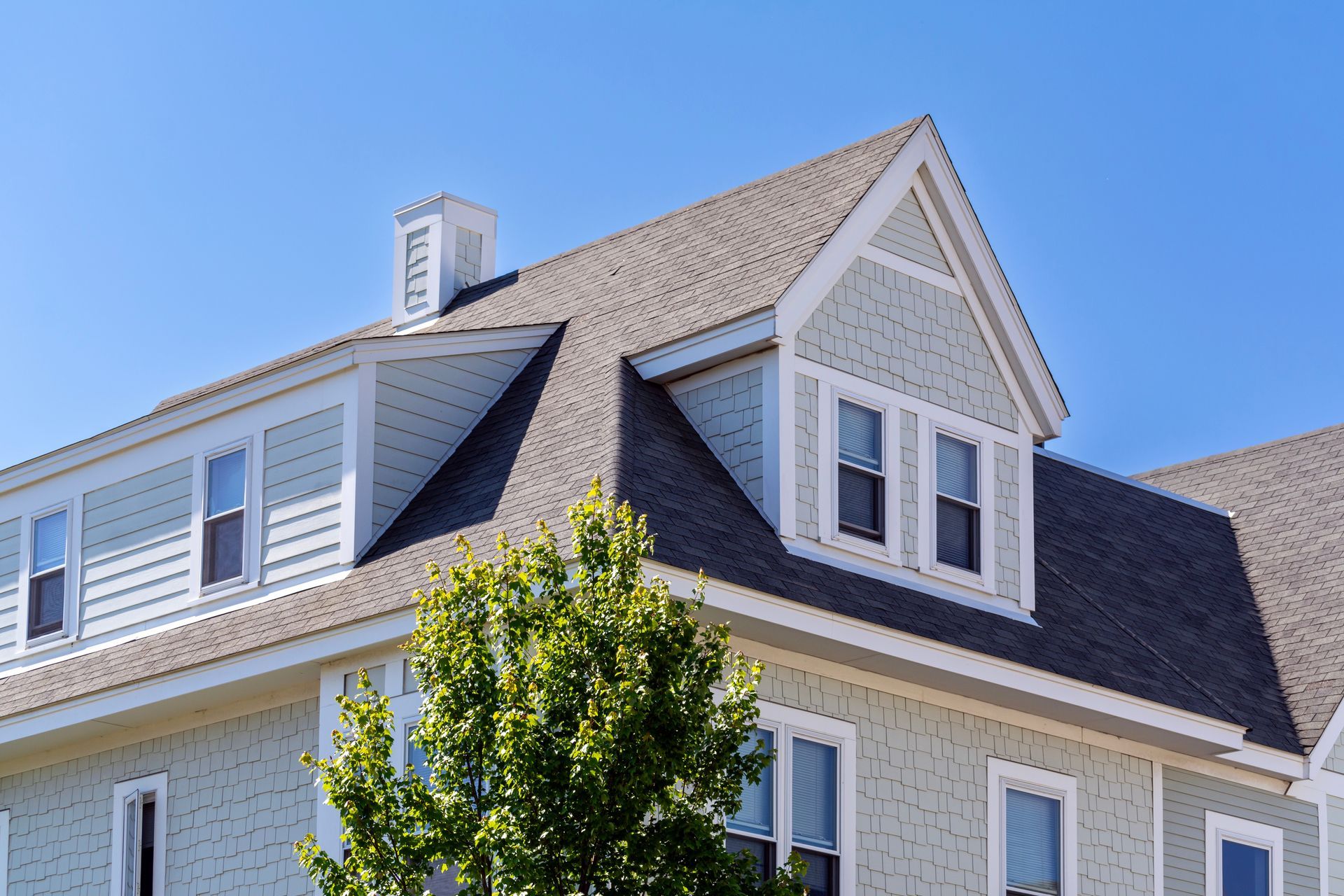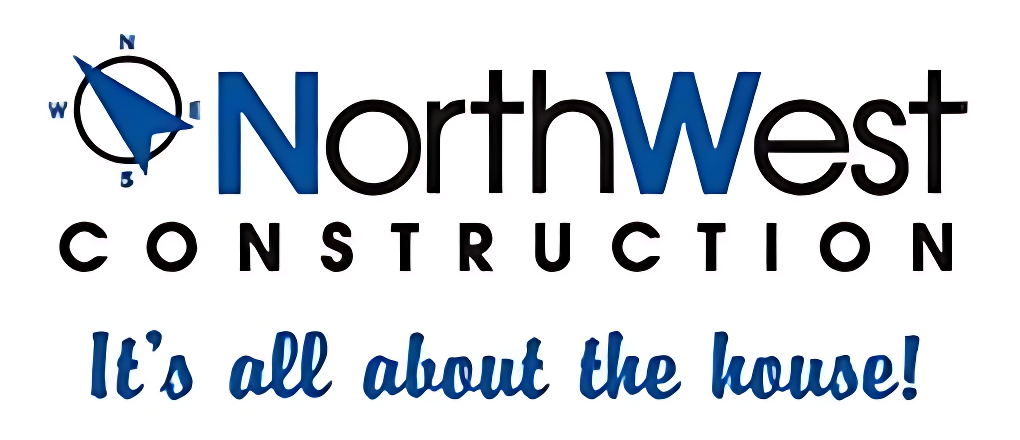Blog

Discovering a leak in your roof can be a homeowner’s nightmare, but the trouble doesn’t stop at a mere inconvenience. NorthWest Construction, being at the forefront of the roof repair industry in the local area, has identified several problems that can arise from a neglected roof leak, impacting not just the structure of your home but potentially the health and safety of its inhabitants. Damage to the Attic and Ceiling: The first victim of a leaky roof is often the attic area, assuming you have one. Any possessions stored there could be damaged by water before the leak extends to the ceiling of your home. The interior ceiling can display telltale signs of water damage, such as dark spots, peeling paint, or swelling in the plaster. This can become immediately noticeable, compromising both aesthetics and the structural integrity of your home. Mold and Mildness Growth: One of the more insidious problems associated with a leaky roof is the growth of mold and mildew. Over time, mold can spread throughout the house’s structure, and then to the rest of the house through the vents, where it can invade carpets, furniture, and even clothing. Mold is particularly concerning because it can produce allergens and irritants that may pose health risks to residents, especially those with respiratory issues. Dearborn, MI’s varying climate can exacerbate this issue, making timely repairs crucial. Water Damage and Electrical Hazards: Water seeping into your home can cause damage to insulation, leading to higher energy costs and a decrease in your home’s energy efficiency. Moreover, if the leak reaches the electrical wiring, it could pose a significant fire risk or lead to an electrical short, posing immediate danger to the dwelling’s inhabitants. Addressing a leak on your roof and gutters helps to prevent water from causing irreparable damage to the home’s structural and electrical systems. Structural Integrity Compromise: The long-term effect of a leaky roof is the potential compromise of your home’s structural integrity. Water infiltration can weaken the wooden components of your house, including rafters, joists, and framing. This can lead to a spongy feel underfoot, doors that won’t close properly, or visible warping. The weight of snow during the harsh winters can add additional stress to these weakened structures, increasing the risk of a catastrophic failure. Don’t let a small leak turn into a major problem. Turn to NorthWest Construction, the trusted roofing contractor who provides prompt and professional services to residents of West Bloomfield, Taylor and Dearborn, MI. Our experienced team will ensure your home is safe, secure, and free from the dangers of water damage. Call us today at (313) 277-7676 , or fill out our contact form to schedule your inspection.

When it comes to the structural elements of a roof in Dearborn, MI, the terms “roof decking” and “sheathing” often interchangeably come up in conversations with homeowners and roofing contractors alike. However, there are distinct differences between the two that are essential to understand whether you’re undergoing a new roof installation, a repair, or simply looking to boost your roofing knowledge. This post will delve into the key distinctions between roof decking and sheathing, outlining their purposes, materials, and the pivotal role they play in the overall durability of a roof. Understanding Roof Decking Roof decking, also known as roof sheathing, is the layer of materials that sits on top of your home’s structural trusses or rafters. It forms a solid, flat surface that supports the weight of roofing materials like shingles, tiles, or metal and also contributes to the structural integrity of the building as a whole. In the Dearborn area, where weather conditions can vary dramatically from season to season, the importance of a sturdy roof decking cannot be overstated. Your roofing contractor can use a variety of materials for roof decking in Dearborn, including plywood, oriented strand board (OSB), and occasionally, more durable materials like concrete, steel, or fiber cement, especially in commercial constructions. The choice of material often depends on the specific requirements of the building, including weight capacity and budget constraints. Exploring Roof Sheathing While “roof sheathing” is often used synonymously with roof decking, the term can specifically refer to the boards or sheets that cover the rafters or trusses, upon which the roofing material is laid. It is, essentially, a subset of roof decking focused more on the top layer that directly underpins the roof covering. Roof sheathing plays a crucial role in reinforcing the roof structure, providing a base for installing the roof covering, and ensuring the roof is watertight. In regions like Dearborn, Michigan, where snow and heavy rainfall can be the most common reason for a roof repair, selecting the right sheathing material and ensuring proper installation are critical to preventing moisture damage and maintaining the roof’s longevity. Key Differences Between Roof Decking and Sheathing The main difference between roof decking and sheathing lies in their application and the specificity of the terms. All sheathing is decking, but not all decking is sheathing. Roof decking refers to the broader concept of covering the top of the structural components of a roof, while sheathing refers more specifically to the layer that directly supports the roofing material. Installation Techniques and Materials The choice of installation techniques and materials for decking and sheathing can vary. Sheathing is typically done using large panels that cover a greater area with fewer seams, which is advantageous for waterproofing and structural stability. On the other hand, the materials chosen for decking might be selected based on structural needs, such as the ability to support heavy roofing materials like clay tiles or slate. Impact on Roofing Projects in Dearborn, MI For homeowners in Dearborn, understanding the distinction between decking and sheathing is crucial when planning a roofing project. Knowing the right terminology can aid in effective communication with roofing contractors and ensure that you are well informed about the work being performed on your home. It’s also important for assessing quotes and ensuring that the proposed materials and methods meet your expectations and the local building codes. Conclusion The differences between roof decking and sheathing, while subtle, are important for anyone involved in roofing projects to understand. Both elements are critical to the structure and durability of a roof, especially in places like Dearborn, MI, where the weather can put roofing materials to the test. Armed with this knowledge, homeowners can make informed decisions about their gutter and roofing projects, ensuring their homes are protected for years to come. Whether you’re replacing an old roof or building a new home, understanding these key components of your roof’s structure will help you oversee the project more effectively. Call us at (313) 277-7676 or fill out our contact form to schedule an appointment.

Roofing issues can be a homeowner’s worst nightmare. As a homeowner, it is imperative that you are aware of them so you can make informed decisions, especially with regards to repairs and maintenance. NorthWest Construction highlights in this blog post the six most common roofing problems. Leaks and Moisture Damage: One of the most recurring roofing issues involves the presence of leaks and moisture. Water can find its way through any small opening, and once inside, it can cause a multitude of problems, from mold and mildew buildup to structural damage. Regular maintenance checks can help identify potential leaks early, preventing significant damage to your home. Poor Installation: Another significant problem affecting roof longevity and performance is poor installation. It can lead to numerous issues, potentially voiding manufacturer warranties and necessitating premature repairs or replacement. NorthWest Construction prides itself on high-quality craftsmanship and adherence to the highest standards, ensuring your roof is installed correctly the first time. Inadequate Maintenance; Inadequate maintenance is a widespread problem that can lead to severe roofing issues down the line. By catching minor issues early, such as damaged shingles or blocked gutters, homeowners can avoid more costly repairs in the future. Improperly Installed Flashing: Flashing is a roof component that helps prevent water from seeping into places where the roof joins another structure, like chimneys or vent pipes. Leaks and moisture damage may occur if not installed properly, undermining the integrity of the roof. It is, therefore, imperative that the roofing work includes a thorough check and correct installation of flashing to mitigate potential problems. Poor Ventilation: Adequate ventilation is crucial to the health of a roof. Poor ventilation can lead to heat and moisture buildup in the attic, which can rot the roof deck and lead to insulation problems, increasing energy costs. Ensuring your roof has proper ventilation is crucial to prevent ice dam formation during winter, which can cause significant roofing and gutter damage. Structural Issues: Lastly, structural issues, though less common, can pose significant challenges. Heavy snowfall, for instance, puts the roof under unnecessary strain, potentially causing structural damage over time. Trees close to the home can also pose a risk during storms. Regular inspections can identify any potential structural problems early, preventing catastrophic failures. Partnering with a trusted and experienced contractor like NorthWest Construction ensures any roofing issues are identified and resolved with the highest standard of workmanship. To discuss your roofing needs, be it repair or replacement, call us at (313) 277-7676 , or fill out our contact form for an estimate.
